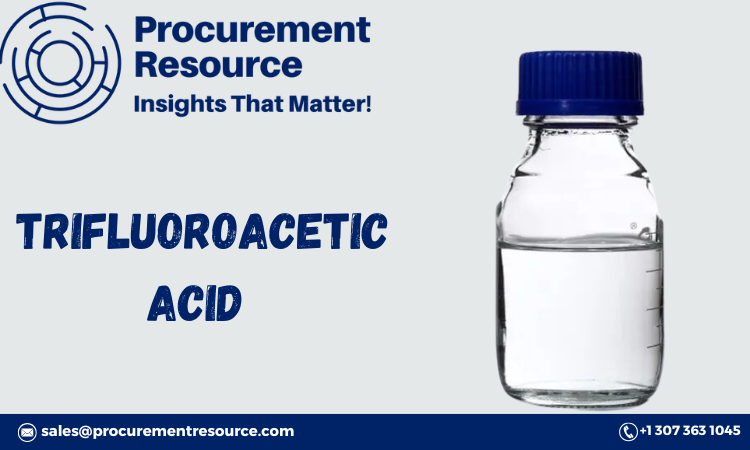Understanding Tartrazine Production Costs: Essential Insights for Food and Pharmaceutical Manufacturers

Introduction In the food, beverage, and pharmaceutical industries, Tartrazine (FD&C Yellow No. 5) is a commonly used synthetic yellow dye that enhances product appeal by adding vibrant color. Known for its applications in soft drinks, confectionery, pharmaceuticals, and cosmetics, tartrazine plays a crucial role in modern manufacturing. As demand for food additives grows, understanding the production costs of tartrazine has become essential for businesses looking to optimize operations and stay competitive. Procurement Resource provides an in-depth Tartrazine Production Cost Report that breaks down each cost factor, helping companies improve production efficiency and manage expenses. Why Tartrazine is Important Tartrazine is widely used for its bright yellow color and stability, making it ideal for various consumer goods, including beverages, dairy products, baked goods, cosmetics, and over-the-counter medications. This synthetic dye is particularly popular in food process...





